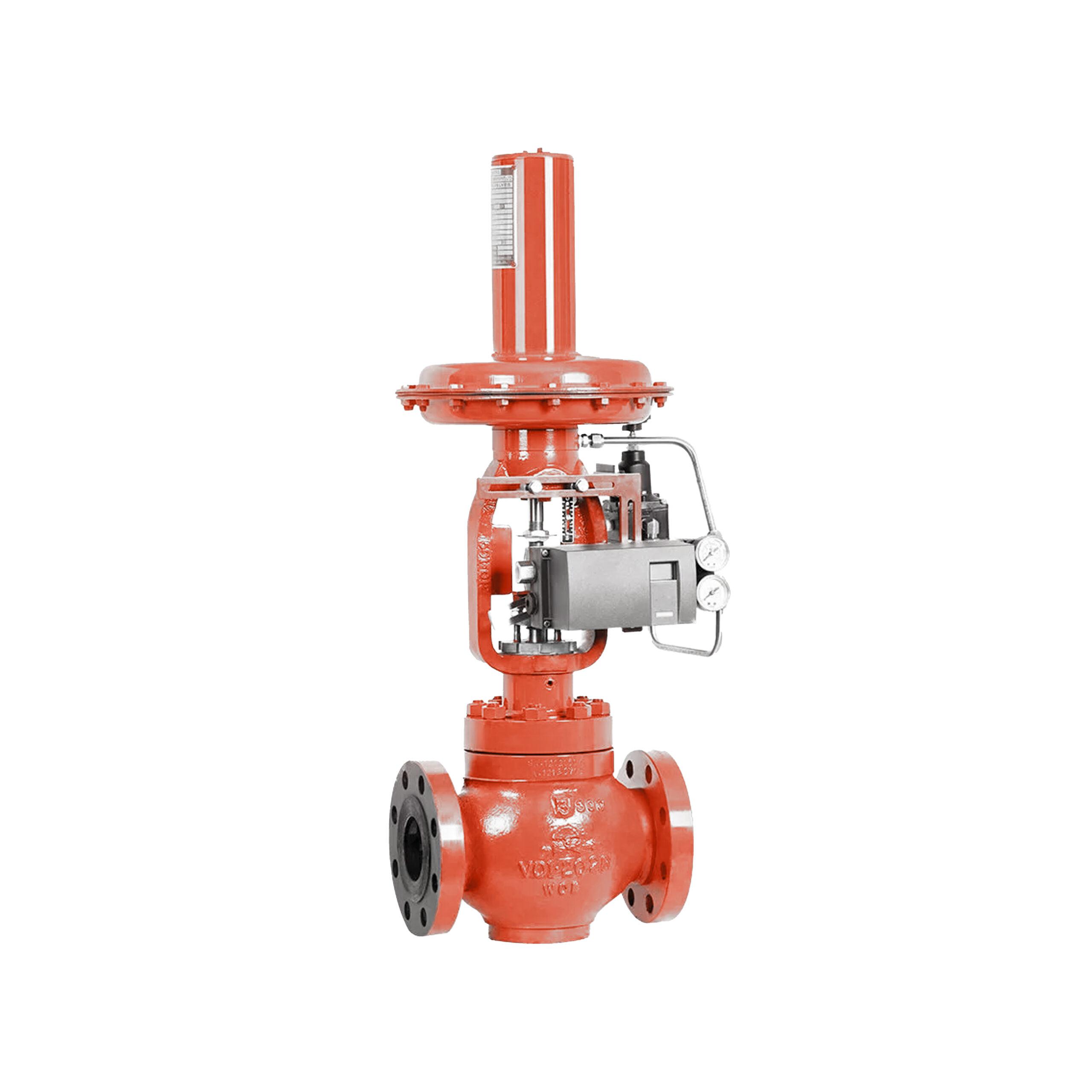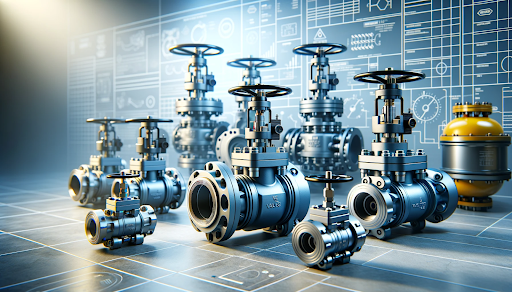How Control Valves Influence Power Effectiveness in Industrial Settings
How Control Valves Influence Power Effectiveness in Industrial Settings
Blog Article
Achieve Seamless Integration and Control With Quality Building Automation Controls
In the realm of contemporary structure administration, the importance of top quality building automation controls can not be overstated. Embracing high quality building automation controls is not merely a matter of benefit but a critical vital for organizations aiming to optimize their facilities' performance and sustainability.

Advancement of Structure Automation Controls
Throughout the previous couple of years, the evolution of constructing automation controls has substantially changed the means buildings are managed and operated. Originally, building automation systems mostly concentrated on fundamental functions such as managing ventilation, home heating, and air conditioning (HVAC) systems. As modern technology progressed, these controls have ended up being much more innovative, enabling for a bigger variety of building systems to be integrated and managed centrally.
The advancement of building automation controls has actually seen a change towards even more intelligent systems that can adjust to transforming conditions in real-time. This versatility is vital for optimizing power efficiency and ensuring passenger convenience. Additionally, modern-day building automation controls now use functions such as anticipating upkeep, remote surveillance, and data analytics, allowing facility managers to make data-driven choices to enhance structure efficiency.

Benefits of Top Quality Assimilation
The improvement in structure automation controls towards even more smart systems has emphasized the considerable benefits of quality assimilation in maximizing building procedures and boosting general performance. Quality assimilation of building automation controls offers numerous vital benefits. Firstly, it leads to improved energy performance by allowing different systems to work with each other effortlessly, making certain ideal performance and reducing power wastefulness. High quality assimilation enhances passenger comfort and productivity by making it possible for personalized control over ecological setups like temperature, lights, and air top quality. This personalization can bring about a more comfy and helpful working or living environment. Additionally, high quality assimilation simplifies maintenance and fixing procedures, as all systems are adjoined and can be kept track of and managed from a central user interface. This central control likewise provides much better visibility and insights into structure efficiency, enabling proactive upkeep and optimization strategies. Overall, the benefits of quality integration in structure automation controls are obvious, using enhanced efficiency, convenience, and functional efficiency.
Enhanced Customer Experience and Availability
Enhancing user interaction with building automation manages through instinctive style and enhanced availability raises the overall experience for passengers and center supervisors alike. By concentrating on customer experience, developing automation systems can end up being extra effective and straightforward. Intuitive interfaces, clear navigation, and customizable setups equip customers to connect with the controls conveniently and properly.
Access features play an important role in guaranteeing that all individuals, including those with disabilities, can use the building automation manages easily. Including attributes such as voice commands, responsive switches, and color-contrasted display screens can boost availability and make the controls much more inclusive.
In addition, improved customer experience brings about higher customer satisfaction, raised productivity, and better decision-making. Passengers can adjust environmental settings according to their preferences, while facility managers can effectively handle and keep an eye on structure systems - control valves. In general, focusing on user experience and accessibility in structure automation controls adds to a more efficient and smooth structure environment for all stakeholders included
Sustainable Practices With Automation

In addition, automation can assist in the assimilation of renewable power sources such as solar panels or wind generators right into structure procedures. With automation, buildings can align with modern sustainability objectives and contribute to a greener future.
Future Trends in Building Control Equipment
In anticipation of progressing modern technologies and advancing sustainability practices, the trajectory of structure control systems is poised to embrace innovative options and transformative methods. One popular pattern shaping the future of building control systems is the increased combination of Artificial Intelligence (AI) and artificial intelligence. These technologies allow structures to adjust in real-time to transforming conditions, enhancing energy consumption and improving convenience for residents. Furthermore, the Web i was reading this of Points (IoT) is transforming structure control systems by connecting sensing units and devices to enhance and streamline procedures efficiency.
Another key pattern is the emphasis on cybersecurity steps to secure against potential risks to constructing automation systems. As structures come to be a lot more interconnected, ensuring durable cybersecurity procedures will certainly be important to guard sensitive data and avoid unauthorized access.
Moreover, the shift towards cloud-based platforms is gaining momentum, enabling for systematized control and remote accessibility to building systems. This helps with easier monitoring, upkeep, redirected here and updates, enhancing the total efficiency and flexibility of building control systems. As modern technology remains to advance, these patterns are expected to form the future landscape of building automation controls, driving innovation and sustainability in the built atmosphere.
Final Thought
Future patterns in building control systems are most likely to concentrate on more enhancing automation abilities for enhanced power performance and overall performance. It is necessary for structure proprietors and operators to prioritize the adoption of quality structure automation regulates to optimize building procedures and accomplish long-term sustainability objectives.
In the realm of contemporary building administration, the significance of quality structure automation controls can not be overemphasized. Generally, the development of building automation regulates continues to drive innovation in the building management sector, using brand-new opportunities for producing smarter and much more lasting buildings.
The improvement in structure automation controls towards more internet intelligent systems has actually underscored the significant advantages of quality integration in enhancing structure procedures and improving total performance. Overall, focusing on individual experience and availability in building automation controls contributes to an extra productive and smooth structure atmosphere for all stakeholders included.
It is vital for building proprietors and drivers to prioritize the adoption of top quality building automation controls to enhance structure operations and attain lasting sustainability objectives. - control valves
Report this page